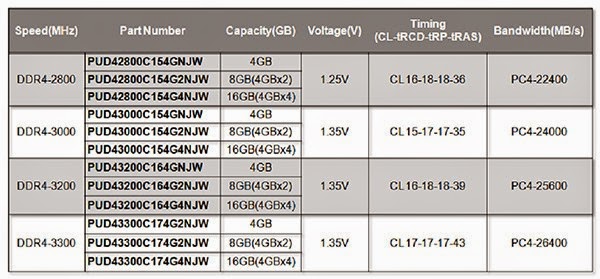As odd as it sounds, motherboards intended for gaming aren't necessarily the same as those intended for overclocking, even though some companies, like MSI, like to implement their best OC features on them anyway.
Overclocking means going overboard with clock tweaking and being prepared for a total meltdown. Gaming means (though some may disagree) getting the most performance you can out of your system without actually needing to start messing with the factory settings of the CPU. Especially since the GPUs determine a lot of how well a game runs. You might be safe pushing the chips a bit above the norm, but not to the point where you can set any records. Chaintech and Colorful wanted a motherboard that was equally good at both, however, so they made the iGame Z97 and even gave it water blocks for cooling.
Featuring the LGA 1150 Haswell-ready socket, it offers such things as dual-BIOS, a 16-phase VRM, 8-channel HD audio, three PCI Express 3.0 x16 slots, four PCI Express 2.0 x1 slots, six SATA III ports, mSATA (one port) and three video outputs (DVI, D-Sub and HDMI). Of course, the video ports will be mostly useless since buyers will no doubt buy an NVIDIA or AMD add-in board or more along with it. Unfortunately, while I do know that Chaintech intends to release the iGame Z97 LGA 1150 motherboard in Europe and APAC markets, I don't have an ETA or the price.
 |
| iGame Z97 LGA 1150 motherboard PCI Express slots Image credits to TechPowerUp |
 |
| iGame brand propagates |
 |
| iGame Z97 LGA 1150 motherboard socket |
 |
| iGame Z97 LGA 1150 motherboard water block |
 |
| iGame Z97 LGA 1150 motherboard PCI Express slots Images credits to 3DNews |



 11/20/2014 06:11:00 PM
11/20/2014 06:11:00 PM
 dannzfay
dannzfay


























